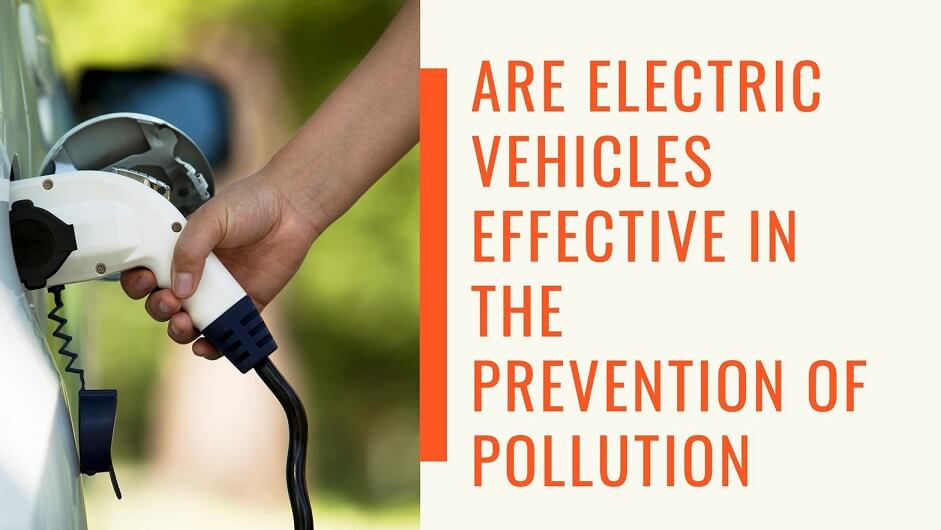Are electric vehicles effective in the prevention of pollution?
Electric vehicles have emerged as a promising solution to combating pollution and reducing greenhouse gas emissions in the automotive sector.
With increasing concern over climate change and air quality, many policymakers and consumers are turning to electric vehicles as a cleaner alternative to traditional gasoline-powered cars.
But are electric vehicles truly effective in the prevention of pollution? This question remains a topic of debate among experts and researchers. While electric vehicles produce zero tailpipe emissions, their overall environmental impact depends on factors such as the source of electricity used for charging and the manufacturing process of the vehicles themselves.
In this article, we will explore the effectiveness of electric vehicles in reducing pollution and discuss the potential benefits and challenges associated with their widespread adoption.

Effectiveness of Electric Vehicles in Pollution Control
Arguably, the emission of harmful gases from transport vehicles and noise pollution are two major problems to the environment from motor vehicles, with more than 30% of greenhouse emissions and air pollution coming from petrol and diesel-based transportation systems.
Mortality rates associated with traditional transportation greenhouse emissions increased by 50% in Europe. Electric vehicles promise a solution to transforming the global transportation system from greenhouse emissions and air pollution vehicles to a sustainable and environmentally friendly option, which can result in a reduction in air pollution and greenhouse emissions.
Electric vehicles and battery-electric vehicles have mostly met this expectation. Various studies have proved that EVs have offered a moderate reduction in PM emissions.
Another study proved that EVs that are powered by clean energy sources such as solar power, water, and wind energy contributed significantly to the reduction of PM2.5 emissions. Another study confirmed that emissions from EVs and BEVs during the charging process have an insignificant impact on the level of NO2. The research further proves that EVs help in the reduction of CO2 emissions significantly.
All these points certainly provide a solid base for considering electric vehicles to solve environmental problems. When the CO2 emission level of traditional ICE vehicles is compared with electric and hybrid electric vehicles, it is found that ICE vehicles emit more CO2.
The second reason presented by the authors for the use of electric vehicles is the lower emissions of greenhouse gases. Thirdly, electric vehicles cause no noise pollution in the environment because they work with almost no sound.
Considering these positive aspects of electric vehicles, it could be concluded that electric and hybrid vehicles are practical solutions to environmental problems. Governments need to develop incentive plans that reduce the Total Cost of Ownership (TCO) of electric vehicles, so the Total External Cost (TEC) can be kept at a minimum.
Why may EVs not contribute to pollution control?
Electric vehicles (EVs) may not contribute effectively to pollution control under certain conditions due to factors such as:
1. Energy Sources: If the electricity used to charge EVs comes mostly from fossil fuels, the environmental benefits are reduced as the generation of this electricity can still create pollution.
2. Battery Production: The production of EV batteries has a significant carbon footprint, and if not managed sustainably, it can offset some of the environmental gains made during the use phase.
3. Charging Infrastructure: In regions where charging infrastructure relies heavily on non-renewable energy sources, the overall impact on reducing emissions may be limited.
4. Indirect Emissions: EVs generate less direct emissions than traditional vehicles, but there are indirect emissions associated with manufacturing electric cars and their components.
5. Disposal of Batteries: Proper disposal or recycling of EV batteries at the end of their lifespan is crucial; otherwise, it can lead to environmental pollution.
Conclusion
The transition to EVs is a crucial step towards a cleaner future. However, it’s not a standalone solution. By acknowledging the limitations of current EV technology and implementing complementary strategies, we can maximize the environmental benefits of EVs while mitigating their drawbacks.
The future of EVs looks promising. Advancements in battery technology are leading to longer ranges and shorter charging times. Investments in renewable energy are paving the way for a cleaner electricity grid. As these trends continue, EVs will undoubtedly become a powerful weapon in the fight against pollution.

